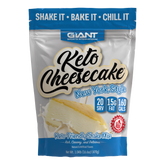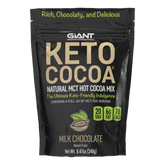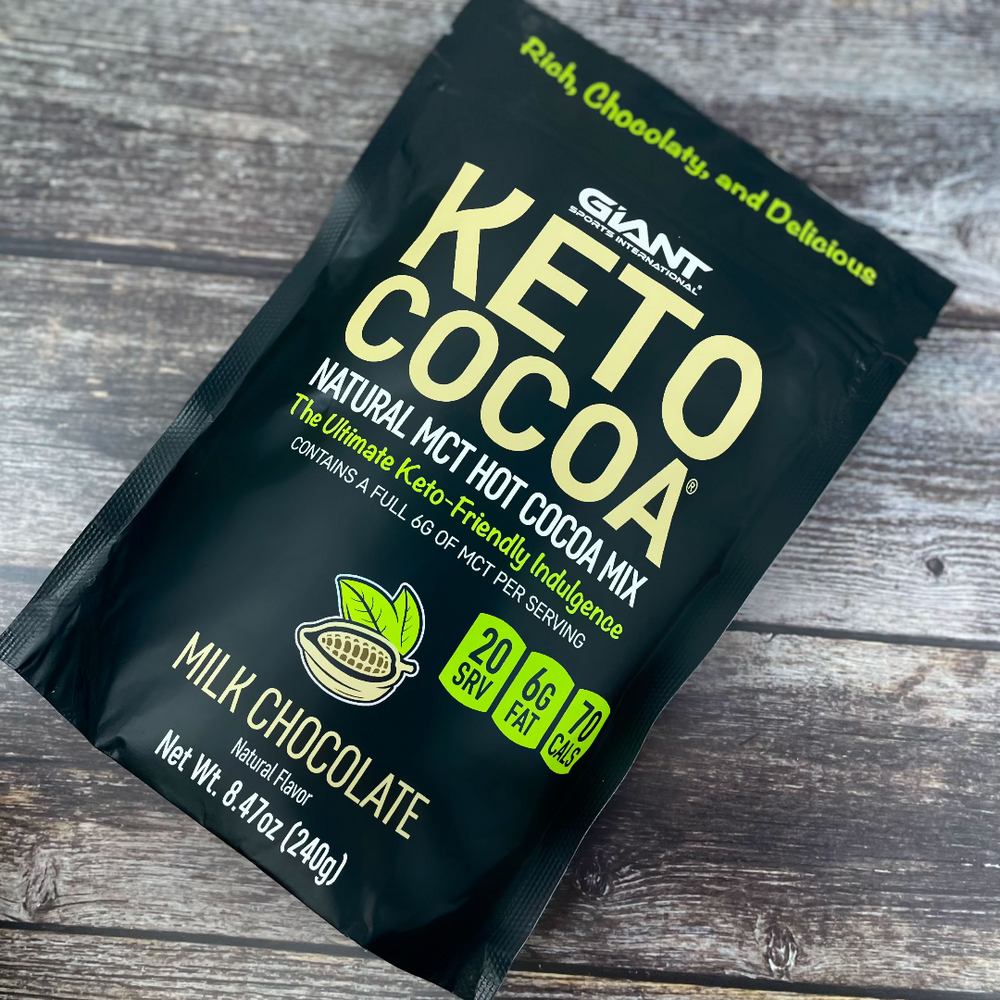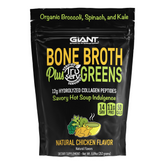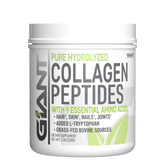Is Cabbage Keto-Friendly? Carbs in Cabbage

What You’ll Learn
Types of Cabbage
Cabbage might appear to be another form of lettuce, but it is a cruciferous vegetable in the Brassica genus, which includes kale, cauliflower, and broccoli. It is full of vitamins, minerals, and other nutrients. You can find them in a number of delicious dishes. In addition, there are over 400 different kinds of cabbage, and it comes in different colors and textures. In the United States, there are four main varieties:
- Green Cabbage: Green cabbage is the most common type, and it looks like iceberg lettuce. The outside leaves are darker, and the inside leaves are white or pale green. It has a rubbery texture when it is raw, but it becomes soft and sweet when it is cooked. It is used in coleslaw, stir-fries, casseroles, and soups.
- Red Cabbage: These cabbages can also be called purple cabbage, and they take longer to mature. It is rougher than the green cabbage, but it is also often added to coleslaw. It is often added to recipes, but the purple or red color can change the color of the dish.
- Savoy Cabbage: This cabbage is from Italy, and people think it is the sweetest and tenderest of all cabbage. It is less compact because it has crinkled leaves, and it is also added to coleslaw.
- Napa Cabbage: This cabbage is sometimes called Chinese cabbage, and it is yellow-green with thick stems. It has a mild flavor and is soft and sweet.
What Are the Health Benefits of Cabbage?
Cabbage has low calories, but it is full of nutrients. One cup of cabbage contains the following:
- Calories: 22
- Protein: 1 gram
- Fiber: 2 grams
- Vitamin B6
- Vitamin C
- Vitamin K
- Calcium
- Folate
- Magnesium
- Manganese
- Potassium
- Iron
- Riboflavin
- Vitamin A
-
Vitamin B6 and folate both support the nervous system and metabolic processes in the body. Vitamin C is an antioxidant that may help protect the body from heart disease, cancer, and vision loss, and it may also boost the immune system.
Being able to include cabbage in your diet is beneficial, and it is low in calories and high in nutrients. It also has phytonutrients, which help plants survive in the wild. Phytonutrients also help reduce inflammation.
Is Cabbage Low-Carb?
Cabbage is low-carb, and it is a great addition to your diet. Take a look at the carbs and nutrients in each type of cabbage:
- Green cabbage:
- 27 calories in 100 grams
- Carbs: 5 grams (3 net grams)
- Fat: 0.2 grams
- Protein: 1.4 grams
- Fiber: 2 grams
- Red cabbage:
- 22 calories in one cup
- Carbs: 5 grams
- Fat: 0.1 grams
- Protein: 1 gram
- Savoy cabbage:
- 19 calories in one cup
- Carbs: 4.3 grams
- Fat: 0.1 grams
- Protein: 1.4 grams
- Napa cabbage:
- 13 calories in one cup
- Carbs: 2.4 grams
- Fat: 0.2 grams
- Protein: 1.2 grams
Is Cabbage Keto-Friendly?
The cabbage is keto-friendly. All four types of cabbage are wonderful additions to the keto diet. Cabbage has less than five grams of carbs per cup, and it also gives your body a number of important nutrients that will benefit you on the keto diet. When you are on the keto diet, you effectively transition your body from getting its energy from glucose that comes from carbs to ketones that come from stored fats.
You can add cabbage into your diet and use it as a substitute for many high-carb foods. For example, you can use cabbage as a wrap in place of bread. It is sturdier than lettuce and can substitute for a tortilla as well. If you place it in boiling water for 30 minutes, it will be even more tender and flexible, and you can have cabbage wrapped sandwiches, burgers, tacos, and eggs.

- Green cabbage:
-
How You Can Add Cabbage to Your Diet
Besides eating it raw or using it in place of bread as a wrap, there are a number of ways you can add cabbage into your diet. Take a look at the following:
- Cabbage noodles: when you cook cabbage, it holds its shape well. You can use it as a substitute for noodles in your soup or a stir-fry. It won’t add a lot of calories or carbs to your meal.
- Coleslaw: You can slice cabbage and cover it with cider vinegar and mayonnaise. People often use several types of cabbage in coleslaw, and it is a great side or snack.
- Salad: You can add cabbage to your salad to get all of those nutrients.
- Sauerkraut: Sauerkraut is fermented cabbage, and it is easy to make with cabbage and salt.
Selecting Your Cabbage
When you are choosing the best head of cabbage at the store, you should examine each head. Make sure that the cabbage has an outer layer of leaves that are tightly packed. They should be firmly attached to the stem at the bottom. When you pick it up, the cabbage should be heavier than you expect.
When you get home, make sure that you wash the cabbage before you eat it. This is important even if you plan to cook it. You can place it in a strainer and run cold water over it. You should also check for pests because they can hide in the leaves.

-
Cooking Cabbage
You can find a number of great cabbage recipes online, but you can also cook cabbage to eat on its own. Cabbage is so versatile, and it can be sautéed, stuffed, baked, braised, or steamed. The core of the cabbage is known to be bitter, so some people remove it before they cook it. If you plan to use the leaves as wraps, it may be easier to separate them by removing the core before you boil it.
Here are some great recipes we’ve found that you can use cabbage with:
Cabbage with Sour Cream and Bacon
Delicious Cheesy Cabbage Casserole
Cabbage: What to know…
Cabbage is low in calories and carbs and full of nutrients, which makes it a perfect addition to the keto diet. There are four main types of cabbage in the United States, and all four are backed with health benefits. Because a cup of cabbage has less than five grams of carbs, it will not interfere with ketosis.
The Keto Diet is all about reducing your carb intake and increasing your consumption of healthy fats and proteins, and this low-carb vegetable is a great way to ensure that you are getting enough essential nutrients in your food.
Cabbage can be eaten raw, made into coleslaw, or added to a salad, but you can also boil it to use the sturdy leaves as a wrap for hamburgers, sandwiches, eggs, or tacos. It can substitute for bread or tortillas, and it can be cooked to substitute for noodles and pasta. Cabbage holds its texture after it is cooked, so it goes well with a soup or stir-fry.
